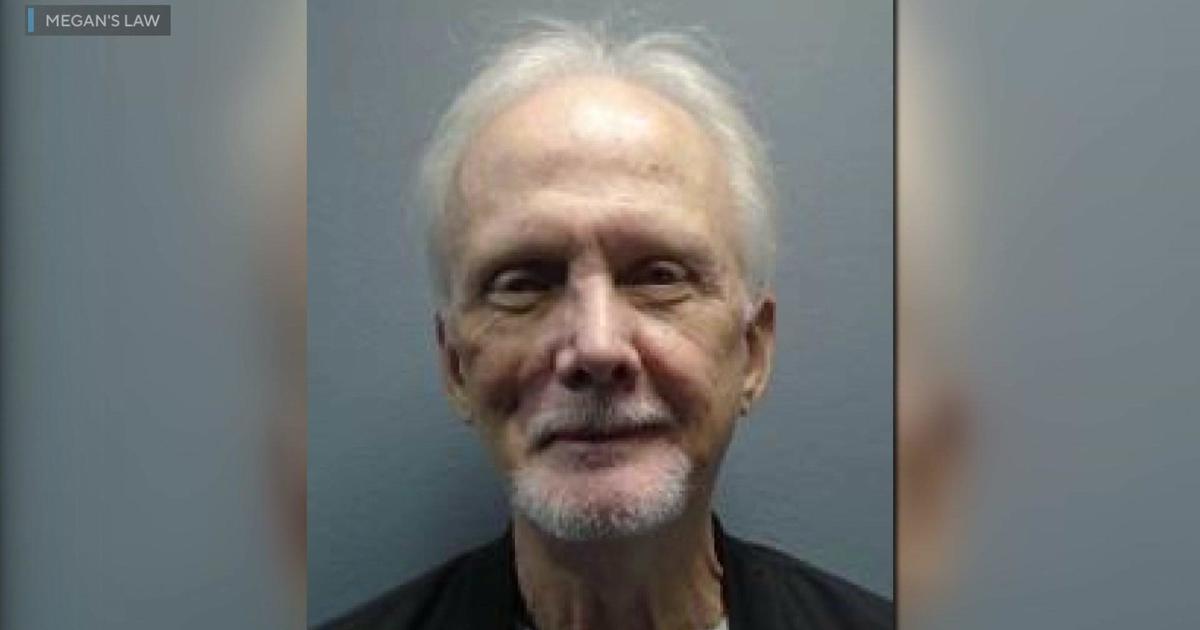California sets sight on train safety in wake of Ohio derailment
SACRAMENTO -- In the wake of the Ohio train derailment, many are starting to wonder what exactly is being carried on the trains that move through their towns. In some cases, it may be hazardous materials. But Greg Regan of the AFL-CIO's Transportation Trades Department says that it's one of the only ways to transport them.
"It is a very dangerous industry, there's always going to be risk there," Regan says. "This industry and these workers are so important and this is the most important way they can contribute is by moving these dangerous chemicals in the safest way we have right now."
While there was a narrowly averted rail strike in December, Regan says that many of the concerns raised by rail workers had more to do with quality of life and staffing issues as opposed to worries over potential safety regulations. Regan did tell CBS13 that sticking points such as railroad companies wanting to waive in person inspections may take more center stage now.
Locally, California's Office of Emergency Services say they're prepared and ready in the event of the worst.
"Every firefighter is trained to identify what those parameters are," says Cal OES Senior Coordinator Lawrence Collins.
Northern California has seen its' fair share of destruction caused by train derailments over the years. In 1973, munitions from the Vietnam War exploded at the Roseville rail yards. In 1991, a Southern Pacific train spilled hazardous chemicals into the Sacramento River near Dunsmuir, which wreaked havoc on the local wildlife population while in 2011, roughly 48,000 people were evacuated after a propane car caught fire in Lincoln. Each of those incidents has helped OES' hazmat teams evolve.
"This is staffed with a crew of 7 that goes out the door and they're there to do everything from suiting up to make entry, to command and control to helping identify the products," Collins says of their hazmat engines.
Regan says the spill in East Palestine can lead to more safety regulations once the NTSB investigation is released.
"Too often when we see major advancements in safety it's because something truly awful happened," he says.
One of the biggest questions after the East Palestine crash was the lack of knowledge Ohio officials had in regards to the hazardous materials on the train that derailed. In California, Collins says that OES has easy access to railroad manifests, whether it be BNSF or Union Pacific. While there are specific plans for radioactive materials, Collins asserts that having to pre-plan for every hazardous material would be tough to do.
"Having a preplan for every rail car coming through your city for example --we have access to those but it's not like we're pre planning every train coming through," Collins says.
And as lessons are learned Regan says he hopes people keep these concepts in the general consciousness.
"We also need to make sure that lawmakers and regulators -- that we hold them accountable that they continue to advocate for an see real change," Regan says. "Because they know what the economic and the safety consequences are for not changing."




